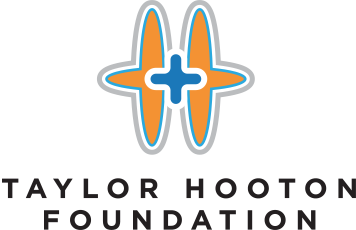Those polled also felt cocaine, obesity and eating disorders are bigger concerns. While 97 percent of the respondents believesteroids cause negative health effects, just 19 percent think steroid use is a big problem among high school students.
“The results of today’s study show that steroids remain a mystery to the American public,” Hall President Jeff Idelson said at a news conference.
The survey of 1,002 adults was conducted by The Gallup Organization from Oct. 9 to Nov. 10 and commissioned by the Hall, the Taylor Hooton Foundation and the Professional Baseball Athletic Trainers Society.
“We have an adult population that is virtually oblivious to the fact that the problem even exists,” said Don Hooton, whose 17-year-old son Taylor — a cousin of former big league pitcher Burt Hooton — committed suicide in July 2003. Doctors attributed Taylor’s behavior to depression caused after he stopped using performance-enhancing drugs.
While 63 percent thought steroids were a problem among professional athletes, just 46 percent thought it was an issue among college athletes and 17 percent among high school athletes.“The American people haven’t connected the dots between steroid use and our children,” said Neil Romano, chairman of the Hooton Foundation and former director of the White House office of drug abuse policy. “This is my kid may not have made the baseball team because of the other kid in school. It may mean that my kid did not get the scholarship, my child didn’t make the cheerleaders. Now the American people will pay attention to this because it’s personal and it hits home.”
Hooton estimated the average high school in the U.S. has 25-45 students using steroids, which he said translates to an average of one per class. “The bulk of the nation’s attention regarding steroid use is solidly fixed on the professional athlete,” Romano said. “While it’s understandable because of the celebrity involved, it’s drawn our attention as a country away from what is rapidly becoming a growing national tragedy among our young people.” Don Hooton testified before the House Government Reform Committee during its 2005 hearings on drugs in baseball, and he faulted the politicians for their lack of follow through. “What’s the Congress done about this problem in the wake of those hearings? Nothing. Absolutely nothing,” he said. “After all the grandstanding before the TV cameras that day, our federal government hasn’t instituted any form of education program for our children and hasn’t invested any time or effort in raising awareness about scope of this problem nationally.” Hooton said the federal government should launch an educational effort. While 75 percent of respondents in the survey favored mandatory testing of high-school athletes, when given an option 56 percent preferred education and just 44 percent testing. Hooton said testing likely is not a solution because of a lack of funds — Major League Baseball say the cost of a drug test under its program is $285. “If we don’t approach testing properly, we’re probably better off without testing,” Hooton said. Former New York Yankees head athletic trainer Gene Monahan, speaking for the Trainers Society, said youth are patterning their conditioning after the stars. “They’re getting all the news about the pro guys and what’s going on and how they got to where they are,” he said. “Who got scholarships and who didn’t get scholarships? Who looks good for the girls in high school? Who’s getting all the dates? The big guys. The muscle boys.” The study was developed by the Center for Social Development and Education and the Center for Survey Research at the University of Massachusetts Boston, and it had an error margin of 4.3 percent. Hooton and Romano estimated 1 million to 1.5 million adolescents in the U.S. have used steroids, citing various studies. “We’ve got enough kids using steroids to fill almost every major league ballpark or about 20 NFL stadiums,” Hooton said. “Coaches and teachers are always comfortable thinking this problem is going on in somebody else’s school, never going on with my kids.” Gary Siperstein, director of the UMass program, wants the issue of steroid use addressed at early ages. “When does the public think it begins?” he said. “The pathways begin at the high school level. The motivations are there at the high-school level and maybe the middle-school level. And the public doesn’t connect.”
